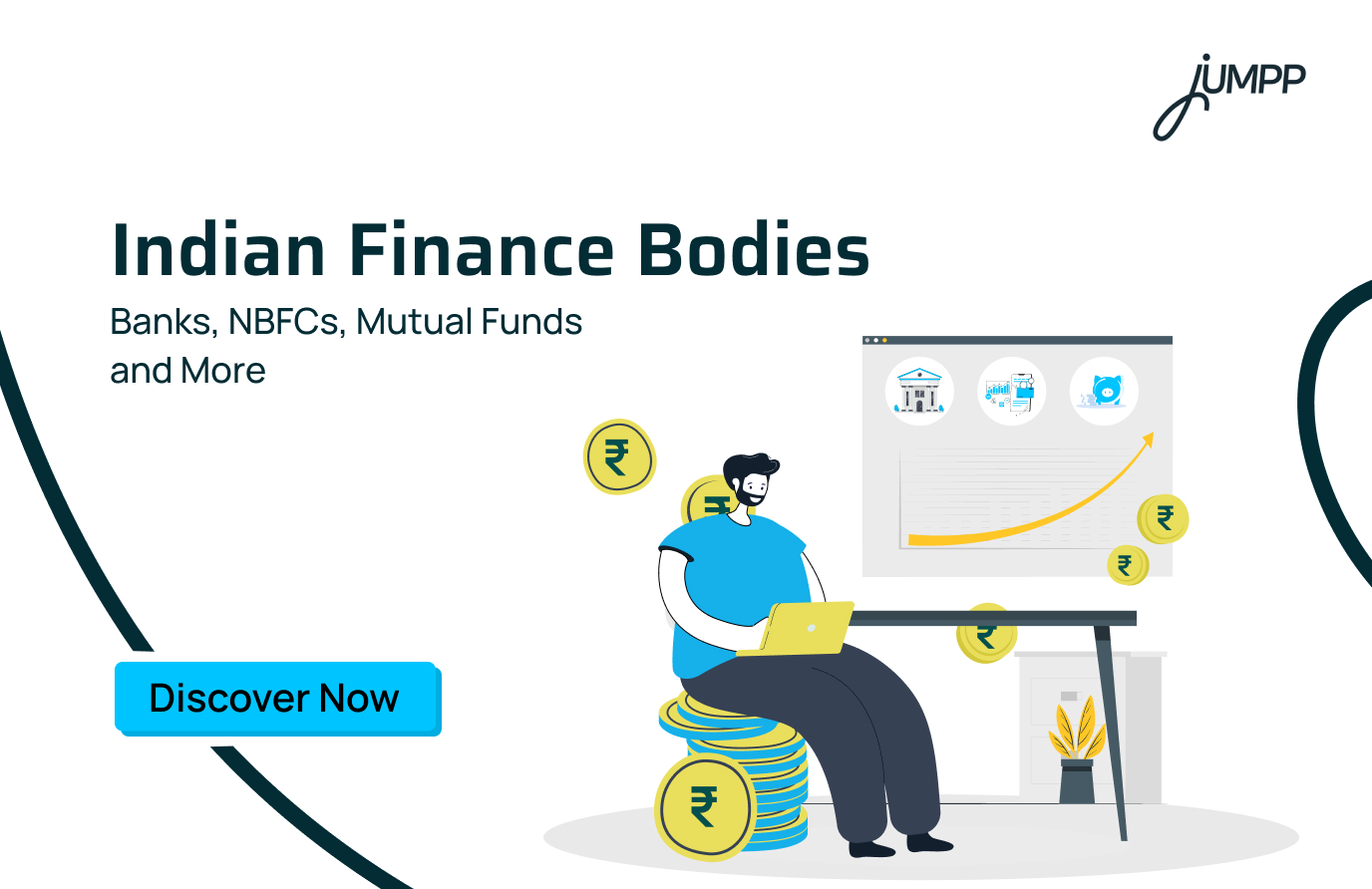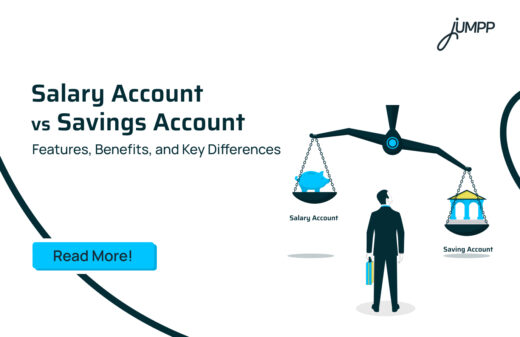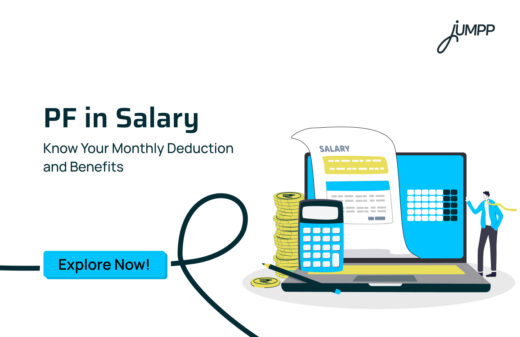What Are the Different Types of Financial Institutions in India?

Did you know that beyond the public and private banks you’re familiar with, there are several other types of financial institutions in India? The country’s financial system is more layered than it seems. It has been built to serve very different needs. For example, a farmer in Punjab may rely on a cooperative bank or a microfinance lender to access credit. Meanwhile, a self-employed person in Noida might invest through a digital investment platform or borrow from a private bank in India. Both are managing their money. But through completely different channels.
This is the reality today. It’s no longer just about opening a opening a zero balance account. You now have mutual fund houses, payment banks, neo banks, housing finance companies, and even small finance banks, all serving different financial needs.
So, what do the list of financial institutions really do? Why are they classified differently? And how do you know which one is right for you?
Here, we explain everything about the list of financial institutions in India!
What Are Financial Institutions?
A financial institution is any company, bank, organisation or cooperative that provides financial services to individuals and businesses. That includes accepting deposits, giving loans, investing in markets, managing insurance, or helping with retirement planning.
Every time you pay through a UPI app, swipe a credit card, buy a health insurance policy, or transfer money overseas, you are engaging with a financial institution.
In India, these institutions are regulated by different government bodies such as:
- RBI (Reserve Bank of India) for banks and NBFCs
- SEBI (Securities and Exchange Board of India) for investment and capital markets
- IRDAI (Insurance Regulatory and Development Authority of India) for life and general insurance
Financial Institutions in India
When we talk about money, the first thing we often think of is how to earn more or save better. However, there is one layer that serves as the backbone of our financial wellness, and that is the financial institutions in India.
India’s financial ecosystem now includes over 1,400 urban cooperative banks, 11 small finance banks, 338 NBFCs (as per D&B’s 2025 study), 25 major asset management companies, and a total BFSI market cap of ₹91 lakh crore (approximately USD 1.1 trillion as of April 2025).
Still, most of us only interact with a handful of these. It is usually our savings bank, maybe a loan app, or an insurance agent. But every financial product you use is backed by a very specific type of institution. And that matters more than you think.
Let’s uncover everything about these different types of financial institutions in India!
Types of Financial Institutions in India
Here is the classification of financial institutions in India-
- Banking Institutions
- Non-Banking Financial Institutions (NBFIs)
- Regulatory Bodies
Let’s look at them one by one!
1. Banking Institutions
These are the most well-known categories. Banks are licensed by the Reserve Bank of India and are allowed to accept deposits from the public. They are often the first place people go to for opening an account or taking a loan.
Types of Banking Institutions
a. Public Sector Banks
These banks are majority-owned by the Indian government.
Some of the well-known names include State Bank of India, Canara Bank, Union Bank of India, etc.
b. Private Sector Banks
These are owned by private investors but regulated by the RBI.
You may be aware of HDFC Bank, ICICI Bank, Axis Bank, etc.
c. Regional Rural Banks (RRBs)
RRBs are government-supported banks focused on rural and semi-urban customers.
These include Andhra Pradesh Grameena Vikas Bank, Bihar Gramin Bank, etc. They provide agricultural loans, small business credit, and help in financial inclusion at the grassroots level.
d. Co-operative Banks
These are run by member communities and offer services mostly to low-income groups or local businesses. They offer lower interest loans but may not be as tech-enabled or transparent as larger banks.
e. Foreign Banks
These banks operate in India but are headquartered overseas.
Some of these top names are- Citibank, HSBC, Standard Chartered, etc.
2. Non-Banking Financial Institutions (NBFIs)
NBFIs do not have a full banking license, but they still provide essential financial services such as loans, investment products, and insurance. In the last decade, their importance has grown massively.
Types of NBFIs
a. Non-Banking Financial Companies (NBFCs)
These companies lend money, issue credit cards, and sometimes manage assets, just like banks.
Some of the common financial institutions include Bajaj Finance, Tata Capital, Mahindra Finance, etc.
b. Housing Finance Companies (HFCs)
They focus only on home loans and real estate finance. In many cases, you will find more flexibility and less paperwork here compared to regular banks.
c. Insurance Companies
These provide life, health, vehicle, and other types of insurance.
LIC, HDFC Life, ICICI Lombard, etc, are some of the top insurance companies in India
Still comparing plans?
Read our guide on how to pick the right term insurance for your life stage.
d. Asset Management Companies (AMCs)
They manage mutual fund schemes and other investment products.
Some of the common names include SBI Mutual Fund, Nippon India Mutual Fund, ICICI Prudential AMC, etc.
e. Pension Funds
These help in building a retirement fund for you. They invest in long-term products for slow and steady wealth creation.
f. Microfinance Institutions (MFIs)
MFIs provide small-ticket loans to rural and low-income borrowers who cannot access banks.
You must have heard about Ujjivan or Jana Small Finance Bank!
They often support women-led self-help groups and small traders.
g. Development Financial Institutions (DFIs)
These are government-established institutions that provide funding for infrastructure, agriculture, or MSMEs.
NABARD, SIDBI, EXIM Bank are some of the DFIs in India.
3. Regulatory Bodies
These organisations oversee and regulate the functioning of financial institutions in India.
- Reserve Bank of India (RBI): The central bank responsible for monetary policy, regulating and supervising the banking system.
- Securities and Exchange Board of India (SEBI): It regulates the securities market to protect investors’ interests and promote fair practices.
- Insurance Regulatory and Development Authority of India (IRDAI): It oversees the insurance sector, regulates insurance companies, and protects policyholders’ interests.
- Pension Fund Regulatory and Development Authority (PFRDA): This institution regulates the pension sector, promotes pension schemes, and protects subscribers’ interests.
How Each Financial Institution Works
1. Commercial Banks
They accept deposits from the public and lend money to individuals and businesses for interest.
2. Cooperative Banks
They work on a smaller scale, offering credit to farmers, small businesses, and rural borrowers.
3. Regional Rural Banks (RRBs)
They serve rural India by providing affordable credit to farmers and weaker sections.
4. Non-Banking Financial Companies (NBFCs)
These offer loans, insurance, and investments but do not hold a banking license or accept demand deposits.
5. Development Financial Institutions (DFIs)
They provide long-term capital for infrastructure, industries, and large-scale development projects.
6. Insurance Companies
These collect premiums and offer financial protection in case of life, health, or asset loss.
7. Investment Institutions
They mobilise savings from investors and channel them into productive sectors like stocks or mutual funds.
8. Housing Finance Companies
They offer home loans and related services to help people purchase or construct houses.
9. Microfinance Institutions (MFIs)
They lend small amounts to low-income individuals or self-employed borrowers, mostly in rural areas.
10. Pension Funds
They collect retirement savings and invest them to ensure income security for individuals post-retirement.
Organisational Structure of Financial Institutions in India
| Category | Institutions |
| All India Development Banks | – IDBI (1964) [now IDBI Ltd. as of Oct 1, 2004] – SIDBI (1990) [# Refinancing institution] – IIBI* (1997) [*Originally IRBI (1985)] – IFCI (1948)- IDFC (1997) |
| Specialised Financial Institutions | – EXIM Bank (1982) – IVCF** (1988) [**IFCI Venture Capital Funds Ltd., formerly RCTC] – ICICI Venture (1988) [formerly TDICI] – TFCI (1989) |
| Investment Institutions | – UTI (1964) – LIC (1956) – GIC and its subsidiaries (1972) |
| Refinance Institutions | – NABARD (1982) – NHB (1980) |
| State-Level Institutions | – SFCs (18 institutions) – SIDCs (28 institutions) |
| Other Institutions | – ECGC (1957) – DICGC (1962) |
- The erstwhile Industrial Reconstruction Bank of India (IRBI), established in 1985 under the IRBI Act, 1984, was renamed as Industrial Investment Bank of India Ltd. (IIBI) with effect from March 27, 1997.
- IVCF refers to IFCI Venture Capital Funds Ltd.
- SIDBI is termed as the ‘Refinancing institution’ for regulatory and supervisory purposes.
- Figures in brackets under respective institutions indicate the year of incorporation.
- Figures in brackets under SFCs and SIDCs indicate the number of institutions in that category.
- IDBI became IDBI Ltd. on October 1, 2004.
List of Financial Institutions in India (2025)
This list of financial institutions in India shows how each type contributes to a different part of the economy.
| Type of Institution | A Few Common Names | Key Stats (2025) |
| Commercial Banks | State Bank of India, HDFC Bank, ICICI Bank, etc. | ₹190 lakh crore total deposits (as per RBI March 2025 data) |
| Cooperative Banks | Saraswat Bank, Cosmos Bank, Tamil Nadu State Apex Coop Bank, etc. | ₹7.5 lakh crore total deposits (NABARD, 2024r) |
| Regional Rural Banks (RRBs) | Baroda UP Bank, Karnataka Gramin Bank, Kerala Gramin Bank, etc. | Over 43 RRBs operating with 22,000+ branches across India |
| Development Finance Institutions (DFIs) | NABARD, SIDBI, NHB, EXIM Bank, etc. | Active in priority sectors; total lending figures not published for FY2025 |
| Non-Banking Financial Companies (NBFCs) | Bajaj Finance, Muthoot Finance, Shriram Finance, etc | Total AUM for NBFCs not clearly published; NBFC-MFIs hold ₹1.47 lakh crore in AUM (MFIN 2025) |
| Insurance Companies | LIC, ICICI Prudential Life, HDFC Life, New India Assurance, etc. | LIC alone has over ₹50 lakh crore AUM; private insurers together manage ₹15+ lakh crore (IRDAI 2025) |
| Mutual Funds & AMCs | SBI Mutual Fund, HDFC AMC, Nippon India AMC, etc. | ₹53.2 lakh crore AUM in Indian mutual fund industry (AMFI, June 2025) |
| Pension Funds | NPS, EPFO, PFRDA | NPS corpus crosses ₹11.2 lakh crore with over 6.3 crore subscribers (PFRDA, April 2025) |
| Investment Banks | Axis Capital, ICICI Securities, etc. | Investment banking deal size crosses ₹2.5 lakh crore (2024–25) |
| Credit Rating Agencies | CRISIL, ICRA, CARE Ratings | 25,000+ instruments rated across sectors in FY2025 |
| Stock Exchanges & Clearing Corps | NSE, BSE, MCX, NCDEX, etc. | NSE’s average daily turnover: ₹2.8 lakh crore (cash + derivatives) in H1 2025 |
| Microfinance Institutions (MFIs) | SKS Microfinance (Bharat Financial), Ujjivan, Spandana Sphoorty | ₹3 lakh crore loan book across 5.5 crore clients (MFIN India, March 2025) |
| Housing Finance Companies (HFCs) | HDFC Ltd, LIC Housing Finance, PNB Housing Finance | ₹14.1 lakh crore housing loan outstanding (RBI HFC Report, FY2025) |
| Payment Banks | Paytm Payments Bank, Airtel Payments Bank, India Post Payments Bank | ₹25,000+ crore in deposits and 80+ crore customers combined (RBI, March 2025) |
| Small Finance Banks (SFBs) | AU SFB, Equitas SFB, Ujjivan SFB, etc. | NA |
| Foreign Banks in India | HSBC, Citibank, Deutsche Bank, etc. | 44 foreign banks operate in India, holding ₹7.5 lakh crore in total assets (as per RBI, April 2025) |
Role and Importance of Financial Institutions in India
Financial institutions are the backbone of India’s economy. They help in mobilising savings from individuals and directing them into productive sectors. With this comes the overall development of infrastructure, manufacturing, housing, agriculture, etc. This pushes job creation and long-term economic growth.
From large banks and NBFCs to microfinance and cooperative banks, each plays a unique role in serving different customer segments. They also help the government in executing monetary policy and stabilising financial markets. In short, they make sure that money flows where it’s needed most.
For example, institutions like SIDBI focus on small businesses, while NHB works to improve housing finance access. This kind of specialisation ensures inclusive growth across sectors.
So, whether it’s helping a farmer get a crop loan or enabling a startup to raise funds, financial institutions are very important to India’s financial well-being.
Final Thoughts
The financial ecosystem in India is large, layered, and constantly evolving. You have traditional banks, digital NBFCs, rural microfinance setups, global investment firms and more. They all offering different ways to manage your money.
If you are aiming for financial wellness, you start by understanding who you are trusting. You must know your options, match them to your needs, and then make a choice.
Smart decisions start with wise choices.
Sources: RBI, IRDAI official portal, SEBI
Financial Institutions in India- FAQs
India has various types of financial institutions. These include, regulatory bodies like RBI., RBI-regulated banks to NBFCs, cooperative banks, development financial institutions, etc.
The seven key types of financial institutions include, commercial banks, cooperative banks, NBFCs, insurance companies, mutual funds, pension funds, and development financial institutions.
A financial institution in India is any organization that performs the function of lending, saving, investing, or insuring. These include banks, NBFCs, and insurance firms regulated by authorities like RBI, SEBI, IRDAI, or PFRDA.
The five major All-India Financial Institutions (AIFIs) are NABARD, SIDBI, EXIM Bank, NHB, and IFCI. They mainly support infrastructure, agriculture, housing, MSMEs, and export-import sectors.
NBFCs provide loans and financial products but cannot accept demand deposits like banks. They’re less regulated than banks but often serve underserved segments with more flexible lending terms.
Yes, cooperative banks are financial institutions. They operate on a community-based model and provide credit and banking services, especially in rural and semi-urban areas.
Yes, individuals can borrow directly from private/ public banks, NBFCs, digital banks (neo banks), etc.






